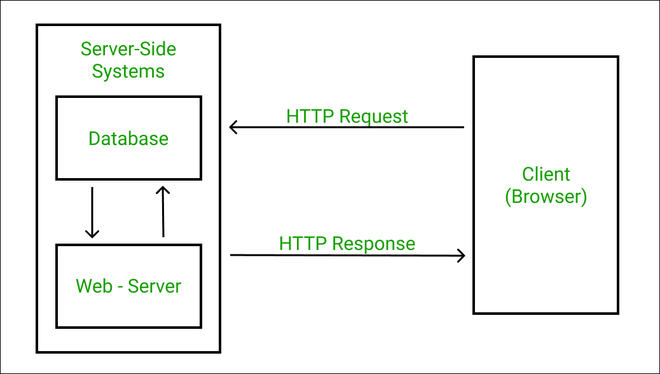HTTP Messages
This section will cover the HTTP messaging system, including how messages are structured and how they are used to communicate between clients and servers. We will also discuss the different types of messages and their purposes.
What is the HTTP messaging cycle?
HTTP consists of two types of messages: a request and response. These messages occur in a cycle called the request-response cycle.

Request
The cycle starts with a client sending an HTTP request to the server. In order to make a request, it must contain a URL, HTTP method, headers, and a request body.
According to freecodedcamp.org, “A request contains information about the requested source and other parameters.” After the server receives the client’s request, it must process it before sending a response back to the client.
Headers
Headers carry additional information about a request or a response, and have a name/value format.Response
An HTTP response consists of a status line, headers, and a message body.
Once the client receives the message, it renders the content and displays it using either a web browser or a web application.